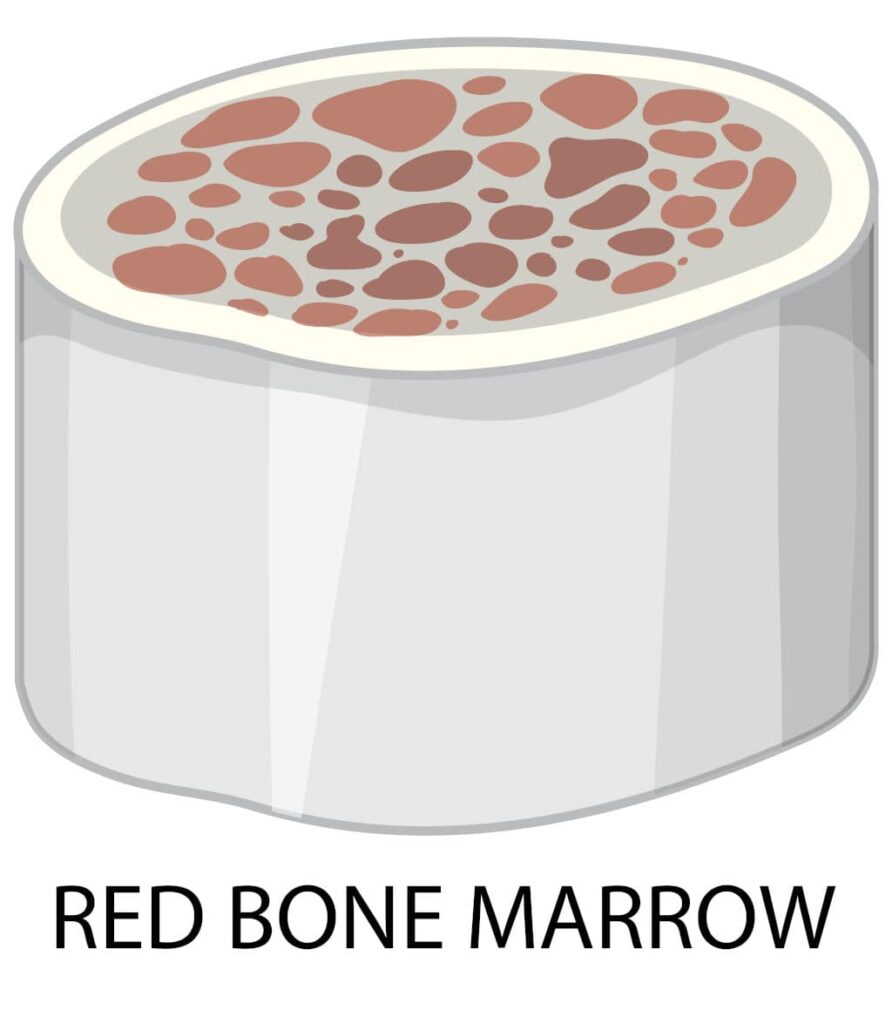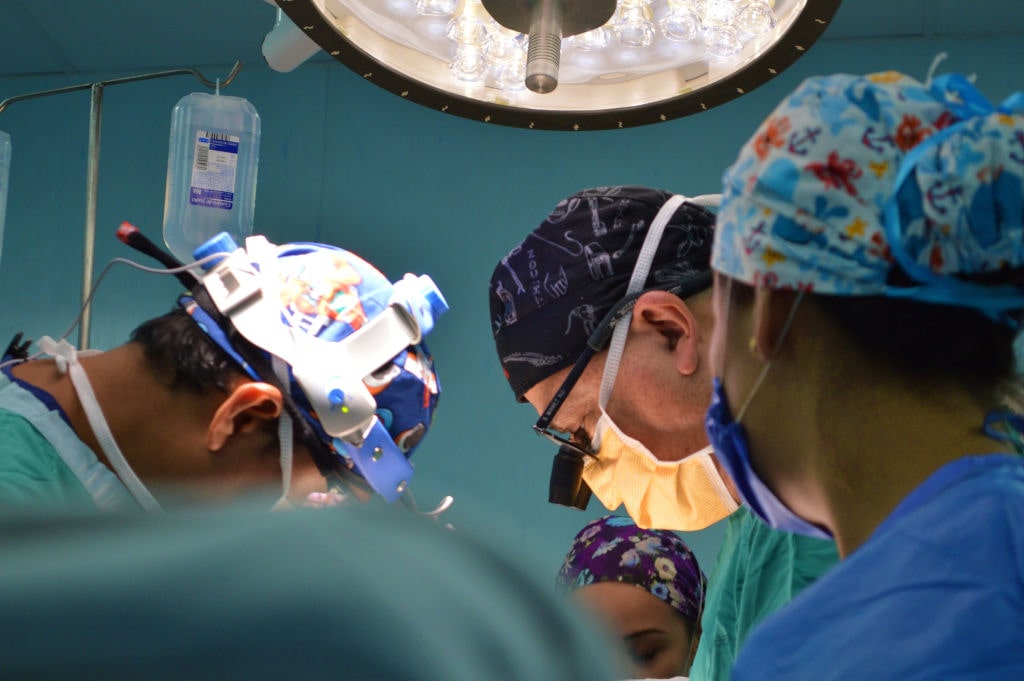The bone marrow is a soft, elastic tissue that fills the insides of the bone. This part of the bone is where blood and other cells are by the stem cells. It is, therefore, a vital part of the human bones as it has many uses in the body. Bone Marrow Concentrate (BMC) or Bone Marrow Aspirate Concentrate (BMAC) is a stem cell-based procedure that oncologists do to improve bone structure.
In the bone marrow, stem cells perform various necessary functions. These functions help with the blood cells, tissues, and blood vessels.
Medical practitioners do BMC therapy to obtain stem cells from the bone marrow. Stem cells are not yet developed, hence, orthopedics can transfer them to another area from their original sites. When these stem cells are taken to the area of need, they can replicate any tissue the affected area needs.
Bone marrow aspirate concentrate is obtained through a minimally invasive procedure. It is extracted with a needle that removes stem cells from bigger bone marrow, for example, the pelvic bone. They carry out the process with the patient under local anesthesia or sedatives.
When is Bone Marrow Concentrate Used?
The BMC procedure focuses on treating damaged or degenerated tissues and bones. It addresses the problem’s root cause – stem cells.
Among several uses of the procedure, BMC therapy helps to make healing fast. The primary benefit of BMC is the treatment of osteoarthritis. The process also aids in the regeneration of bones for people with joint tears or bone diseases.
BMAC therapy has been reported to improve the healing of wounds, treat bone death and bone fractures, improve cartilage and tendon function, and delay bone disease progression.
As a matter of fact, doctors in Michigan, according to GlobalNewsWire news, have been using new versions of this regenerative method of treatment of joint injuries. They are getting about 80%-90% success rates. It is the less painful, no-surgery route for patients to tow.
Some areas of the body that BMC can treat include the spine, knees, hips, feet, ankles, hands, wrists, elbows, and shoulders.

Forms of Bone Marrow Concentrate Malpractices
Bone marrow concentrate therapy looks like the best thing that can happen in orthopedic medicine. However, this does not take away the chances of mishaps and adverse outcomes. According to the CDC, the Food and Drug Administration (FDA) has only approved certain stem cell products.
These products must treat specific cancers and disorders of the blood and immune system if they were to be on the list. That means stem cell products for arthritis or other health issues are advertised illegally. The FDA has yet to approve them.
Meanwhile, there are specific BMC and BMAC therapies that the FDA authorizes. If the orthopedic surgeon doesn’t inform the patients of those accepted ones and goes ahead with stem cell therapy, serious complications can arise.
Hence why, WIRED, an innovation, science, and technology website, reported how a group of patients had sued a stem cell transplant program. The report further stated that the program used shortcut methods to prepare the cells. A quarter of the people the orthopedics performed the transplant on died within 100 days due to the shortcut. They had several complications, like pain, infections, and hemorrhages.
In addition, since bone marrow concentrate therapy is an innovative technology that will bag millions if successful, some practitioners are okay with going to all lengths for it. Oncologists and orthopedics can use the patients’ bone marrow stem cells without their permission. An example is seen in Moore v. Regents of University.
How Medical Animation Illustrates Bone Marrow Concentrate Therapy
The BMC procedure is not a major surgical procedure. Hence, it does not require intense medical protocols. However, this does not dismiss the fact that medical malpractice could still occur.
Since this therapy involves sensitive body parts, the medical practitioner must be cautious in administering treatment. An error due to negligence or malpractice could cost the patient a lifetime disability or even death. The defendant might try to sway the judge and jury with medical jargon depriving the plaintiff of a well-deserved victory. This is where legal animation comes in.
When a victim of medical malpractice files for redress in a court of law, what better way to bring justice to a sensitive case than with the use of medical animation?
When medical evidence is given in the law court without visual aids, it is difficult for the jurors to comprehend. With medical animation, however, comprehension is ascertained. It also allows for empathy from the jurors towards the victim.
In the case of BMC, the attorney or expert witness can use medical animation to display how the orthopedics carries out the entire procedure. The jurors get to see how they insert the needle into the location of the bone marrow. After this, they can also display the area where they deposit the extracted bone marrow.
The attorney or expert witness can also use legal animation to show the exact error that the orthopedic doctor made during the procedure. For instance, if the extracted bone marrow was erroneously deposited into the wrong location by the medical practitioner, medical animation would display this. That way, the jurors can see firsthand the effect of the error.

More Use Cases of BMC Malpractice Animation
To make understanding more straightforward, the attorney can juxtapose the right way to administer BMC therapy with how the erring medical practitioner performed it. This comparison helps shed light on what went wrong and where the errors began.
The attorney could also display the effects of these medical errors through medical animation. For example, the attorney can highlight a case where the medical practitioner’s negligence caused the patient to limp in their step. These visuals would enable the jurors to empathize better with the victim and get them on the side of the legal practitioner.
Finally, they can highlight the cases of “bone marrow theft.” These include the collection of bone marrow from the patients negligently and without consent.
Conclusion
Medical animation is a tool that all legal practitioners should use. However, it’s best to work with an experienced legal animation company to ensure you get the best services.
At Fox-AE, we work closely with attorneys and expert witnesses on a case to ensure we create admissible demonstrative exhibits.






